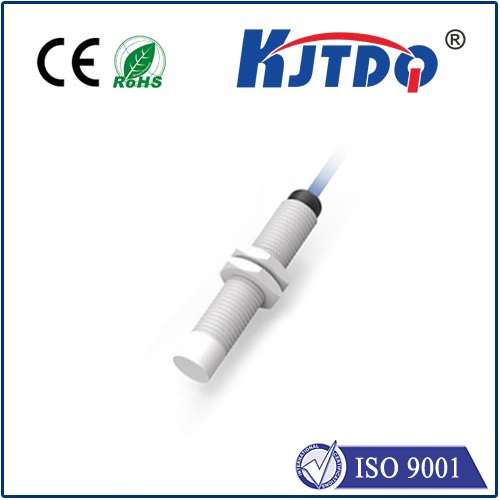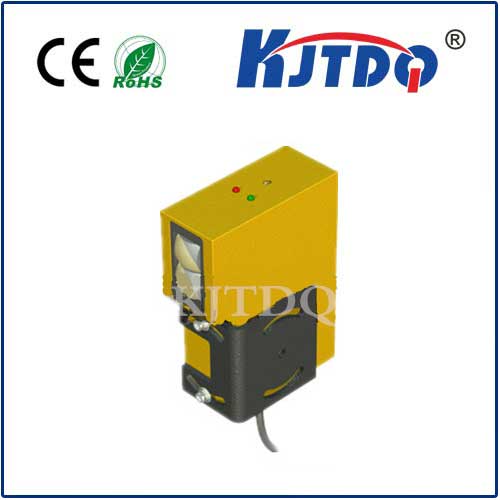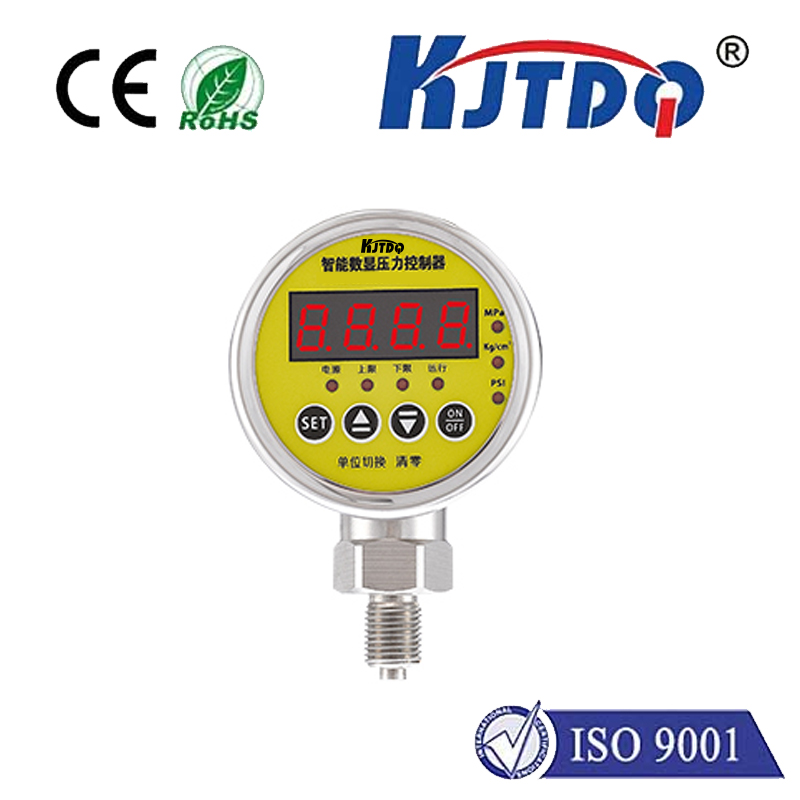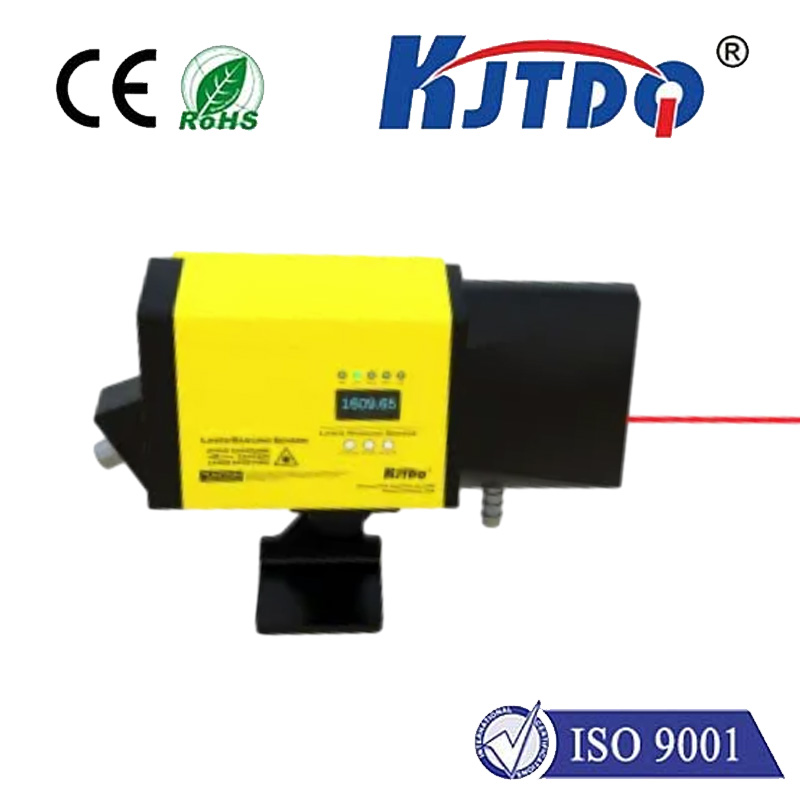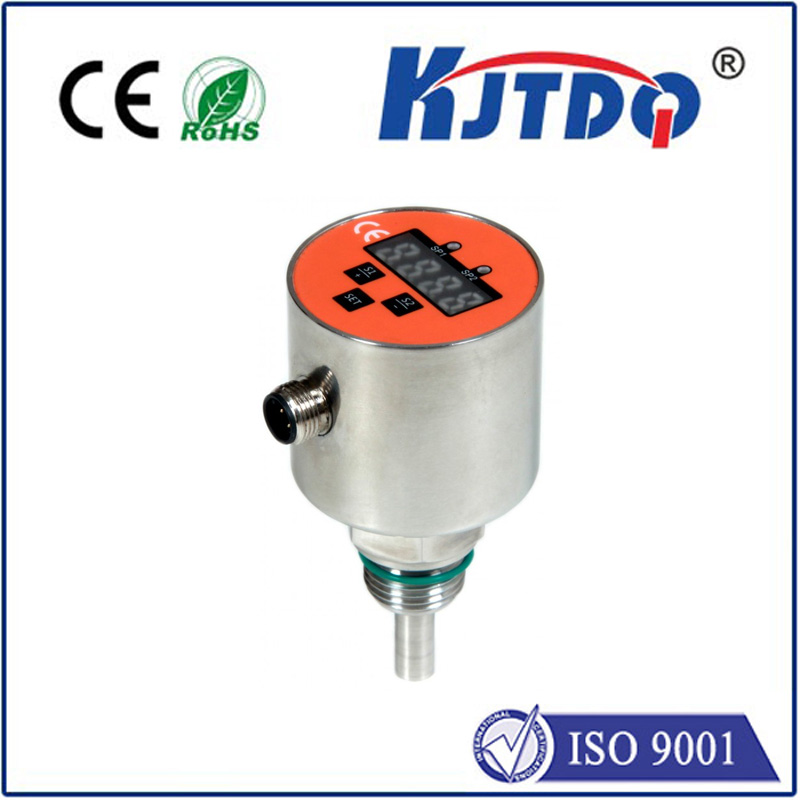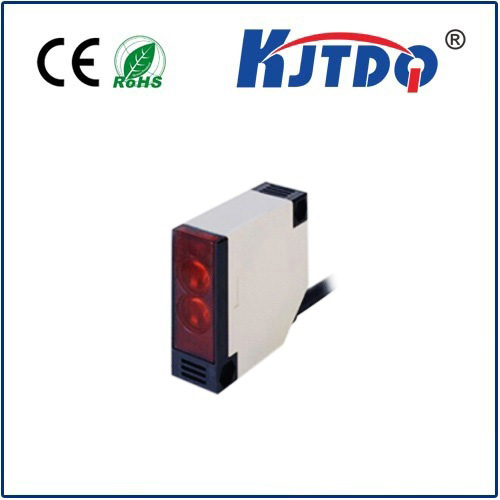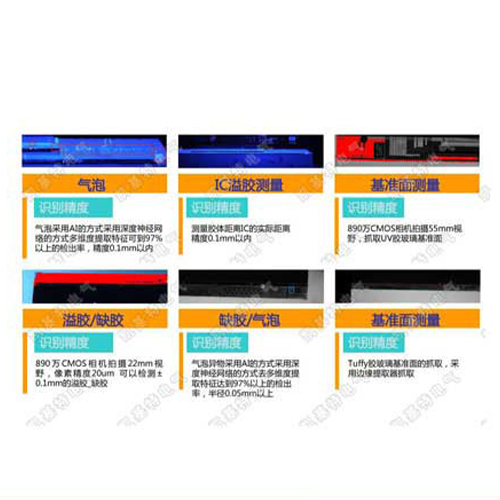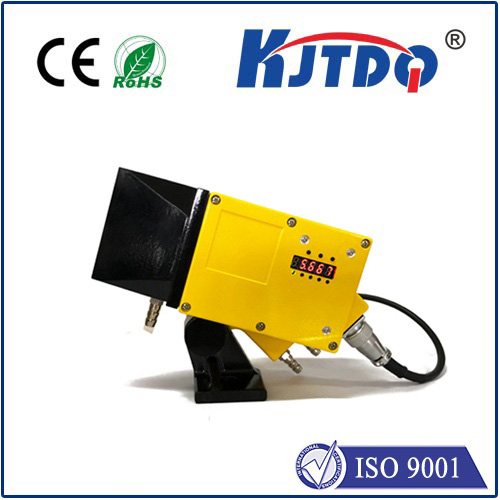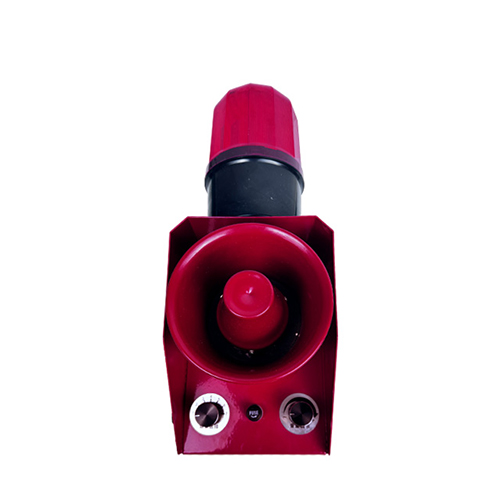photoelectric sensor for sublimation printer
- time:2025-09-11 02:06:40
- Click:0
Precision Meets Transfer: Unlocking Sublimation Printer Performance with Photoelectric Sensors
The vibrant, full-color world of sublimation printing thrives on a foundation of precision. Whether creating custom apparel, personalized mugs, or stunning signage, the magic hinges on perfectly transferring digital designs onto specially coated substrates. A single misalignment or media misfeed can ruin hours of work and waste valuable materials. This is where an often-overlooked hero plays a pivotal role: the photoelectric sensor. While not visible in the final dazzling product, its contribution to sublimation printer reliability and print quality is absolutely critical.
Understanding the core function of a photoelectric sensor in this context is key. At its heart, it’s a non-contact sensing device that utilizes light – typically infrared – to detect the presence or absence of an object. In sublimation printers, their primary mission is media detection and position verification. Think about the process: paper (transfer sheets) must be flawlessly fed into the printer, positioned with extreme accuracy under the printhead for each pass (especially crucial in multi-pass printers for vivid color), and its leading edge or specific registration marks must be identified precisely to guarantee the image lands exactly where intended on the substrate later. Mechanical sensors or switches simply lack the speed, precision, and consistency required for today’s high-resolution, high-speed sublimation systems.
How Does It Work in a Sublimation Environment?

Typically, reflective photoelectric sensors are employed. These consist of an integrated light emitter (usually an LED) and a receiver (a phototransistor or photodiode). The emitter directs an invisible beam of light towards the platen or feed path. When sublimation paper enters this beam, the light reflects off its surface and back to the receiver. The sensor’s internal electronics detect this change in light pattern (from no reflection = no paper, to strong reflection = paper present) and sends a signal to the printer’s main control board. This signal is used to:
- Initiate the Print Cycle: Confirming the correct sublimation media is loaded and in position before the printhead moves and starts laying down ink.
- Monitor Paper Feed: Continuously verifying paper presence during the printing process to detect potential jams or misfeeds before they cause costly errors or damage the printhead.
- Achieve Pinpoint Registration: Detecting specific registration marks printed on the media edge for technologies requiring precise multi-pass alignment. This detects the exact position of the media relative to the printhead, enabling micro-adjustments for perfect color layering.
- Determine Media Edges: Accurately locating the leading and trailing edges of the transfer sheet for correct feeding and ejection.
The Tangible Benefits: Why Photoelectric Sensors are Indispensable
The integration of photoelectric sensors translates directly into real-world advantages for any sublimation printing workflow:
- Uncompromising Print Quality & Sharpness: Precise positioning is everything. Even a fraction of a millimeter misalignment during multi-pass printing causes blurring, color shifts (ghosting), or visible banding. Photoelectric sensors provide the detection accuracy needed to ensure each ink layer hits its exact target, resulting in crisp, vibrant, and professional results. Consistent quality builds reputation and customer satisfaction.
- Minimized Waste & Downtime: Failed prints due to misalignment, misfeeds, or undetected jams are incredibly wasteful – consuming expensive ink, paper, and operator time. The immediate detection capabilities of photoelectric sensors drastically reduce these errors. They catch potential problems early, preventing costly misprints and minimizing machine downtime. Less waste directly boosts profitability.
- Enhanced Operational Speed & Reliability: Modern sublimation printers operate at impressive speeds. Photoelectric sensors can react incredibly fast, enabling high-speed paper feeding and positioning without sacrificing accuracy. This reliability allows operators to run jobs confidently and maximize throughput. Faster turnaround means more jobs completed.
- Reduced Maintenance: Compared to mechanical sensors that can wear out, get gummed up with paper dust or stray ink, or physically damage delicate media edges, non-contact photoelectric sensors are far more robust. They are less prone to failure in the inherently dusty environment of printing, leading to longer service life and lower maintenance costs. Robust components mean less hassle and expense.
- Versatility Across Media: Quality photoelectric sensors can be carefully calibrated to detect the diverse range of sublimation transfer papers available – from lightweight textiles papers to heavier poster stocks – without requiring constant manual adjustments. Effortless switching between projects increases flexibility.
Key Considerations for Optimal Performance
While photoelectric sensors are highly reliable, optimal performance in a sublimation printer depends on several factors:
- Sensor Quality: Investing in printers known for using high-grade, industrial-rated sensors offers long-term reliability. These resist degradation from heat, humidity, and paper dust far better than cheap alternatives.
- Cleanliness: While non-contact, the sensor’s lens window can accumulate ink mist or paper dust over extended periods. Regular, careful cleaning as part of routine printer maintenance is essential to maintain detection accuracy. Refer to your printer manufacturer’s manual for specific cleaning instructions.
- Calibration: Factory calibration is usually excellent, but sensors might require occasional recalibration, especially if issues arise (like false “no paper” errors or missed registration marks). This is typically a service task.
- Positioning: Sensors are strategically placed at critical points in the paper path. Physical damage or accidental misalignment (e.g., during heavy maintenance) can impair function.
The Silent Guardian of Sublimation Success
In the high-stakes world of sublimation printing, where vibrant colors meet demanding substrates and tight deadlines, perfection is not just desired – it’s expected. Behind the scenes, ensuring this perfection demands unwavering precision and reliability. The photoelectric sensor, operating silently with beams of light, fulfills this crucial role. By enabling precise media detection, ensuring pinpoint registration, preventing costly jams, and contributing to flawless print consistency, these sophisticated components are fundamental to achieving professional results. They are the unseen guardians protecting your investment in ink, time, materials, and ultimately, your reputation as a quality sublimation provider. Understanding their role underscores why choosing sublimation printers engineered with high-quality sensing technology is a smart investment in predictable, profitable, and high-quality output.






